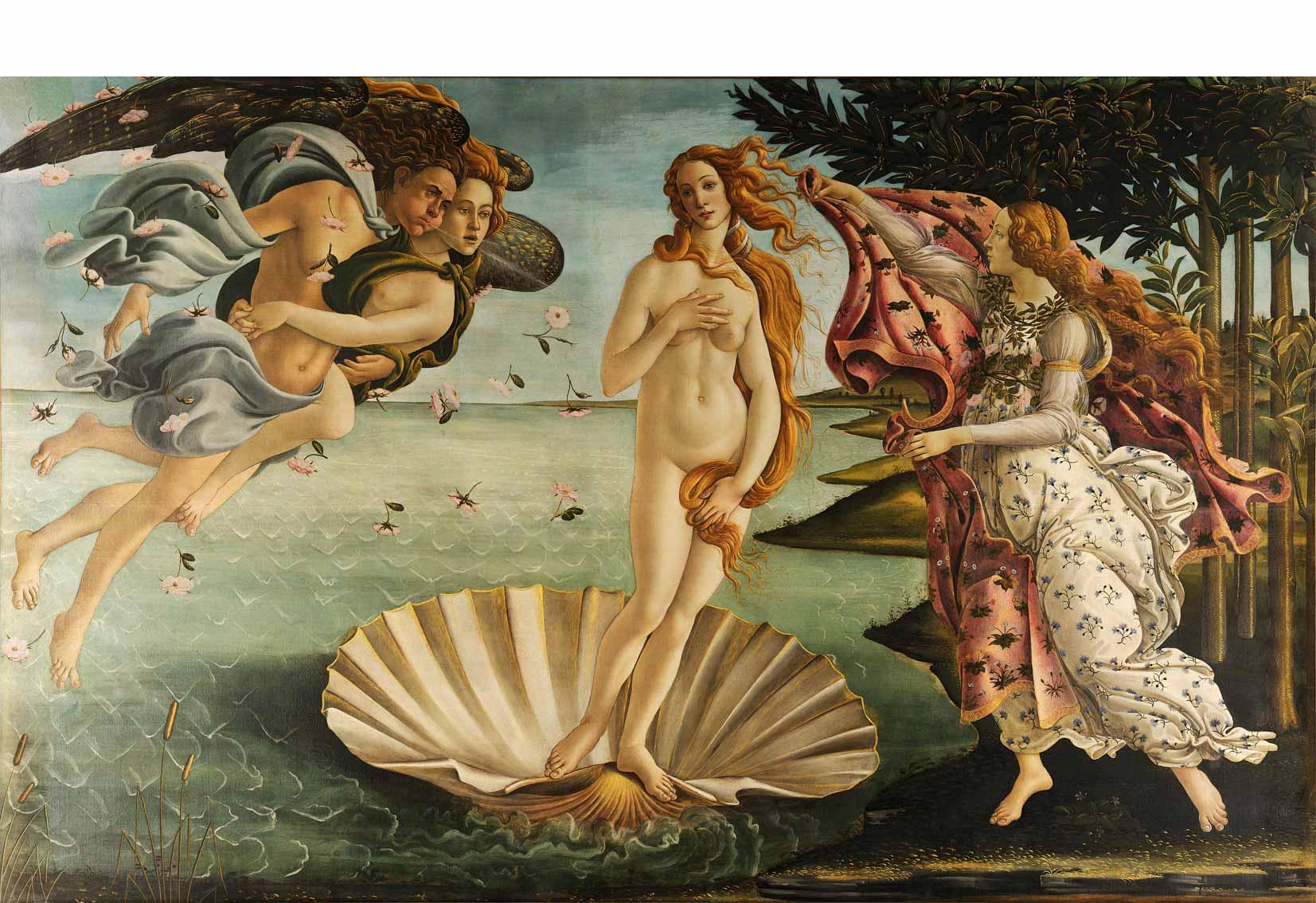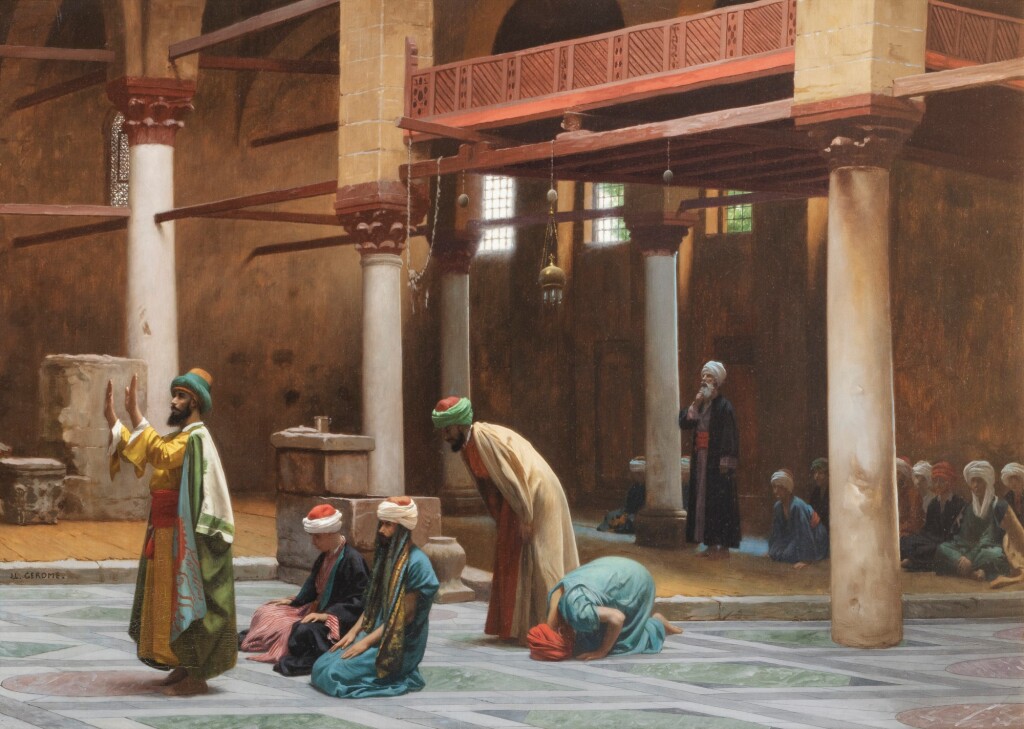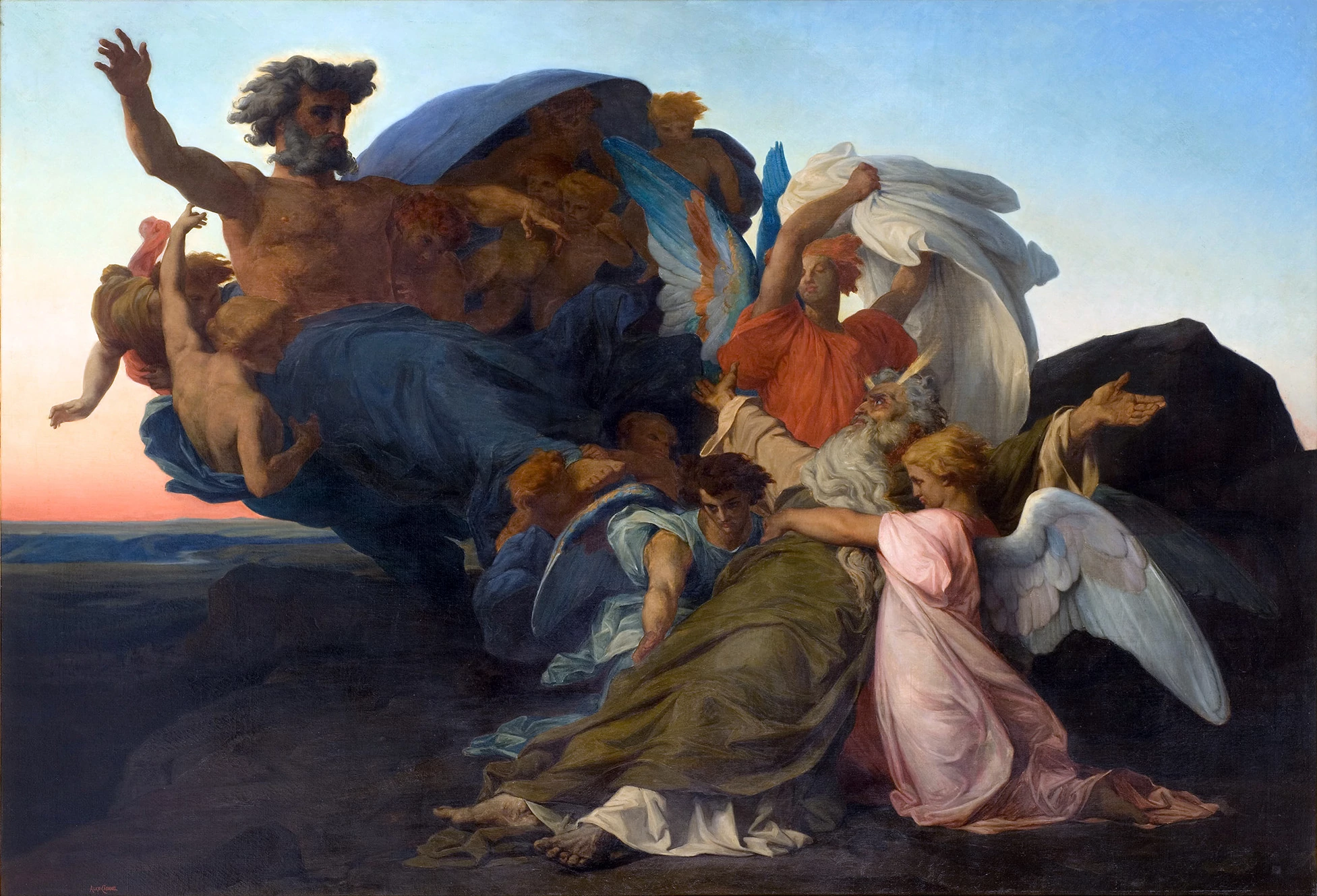The Academic Art Movement: Tradition, Technique, and the Pursuit of Perfection
Numerous movements throughout art history questioned accepted wisdom, defied expectations, and reinterpreted beauty. But before radical experimentation became popular in modern art, Academic Art was a strong, institutionalized movement that supported rigorous techniques and classical ideals. The Academic Art Movement, especially from the 17th to the 19th century, influenced the norms of artistic excellence throughout Europe and abroad, with roots in centuries of history. It's common knowledge that art is a mirror of society, reflecting political forces, cultural values, and individual expression. Among the numerous trends that have influenced the art world, the Academic Art trends are particularly noteworthy. For centuries, the foundation of European art education was formed by these movements, which were based on discipline, technique, and classical ideals.
Let's examine academic art in more detail, including its definition, history, and current significance.
What Is Academic Art?
Painting and sculpture created under the influence of European art academies, particularly France's Académie des Beaux-Arts, is referred to as academic art. The standards of what was deemed "good art," as determined by these institutions, emphasized:
-
Technical precision
-
Idealized beauty
-
Historical and mythological subject matter
-
Careful composition and perspective
Academic artists frequently underwent years of training, studying anatomy, proportion, and perspective, reproducing classical works, and learning from living models. State-sponsored shows that had the power to make or ruin an artist's career, known as prominent salons, were typically where their work was displayed.
Origins of Academic Art
Although academic art's origins date back to the Italian Renaissance, its institutional underpinnings were established in the 17th century, especially with the establishment of the Royal Academy of Painting and Sculpture (Académie Royale de Peinture et de Sculpture) in Paris in 1648. In 1816, it was subsequently admitted to the Académie des Beaux-Arts.
The art education curriculum was standardized by these academies, which also established a hierarchy of subjects:
-
History Painting (mythological, religious, or historical scenes)
-
Portraiture
-
Genre Scenes (everyday life)
-
Landscape
-
Still Life
Moral seriousness and intellectual content were prioritized in this ranking.
Characteristics of Academic Art
Academic artworks are known for the following features:
1. Idealism and Classicism
Using the classical traditions of Greece and Rome as inspiration, artists were supposed to elevate their topics. Rather from being realistic, human beings were frequently romanticized.
2. Polished Technique
They were so carefully blended that the brushstrokes were barely noticeable. The surface needed to be flawless, with no signs of the artist's hand discernible.
3. Dramatic Composition
The paintings were given a sense of grandeur and importance through strategically placed scenes, dramatic lighting (chiaroscuro), and theatrical poses.
4. Allegory and Morality
There were philosophical, religious, or moral messages in many of the works. Abstract ideas like justice, virtue, or liberty were personified in human form in allegories, which were very popular.
Among the well-known instances are:

"The Birth of Venus" by Alexandre Cabanel (1863)

"Portrait of a North African" by Alexandre cabanel

"Pollice verso" by Jean-Léon Gérôme (1872)
Famous Academic Artists
Jean-Léon Gérôme (1824–1904)
Gérôme, who was renowned for his intricate historical and orientalist paintings, was the epitome of scholarly excellence. Technically brilliant and narratively captivating were pieces such as Pollice verso (Thumbs Down).

signed J.L.GEROME. lower left, PRAYERS IN THE MOSQUE, oil on canvas,66 by 93cm., 26 by 36½in.
William-Adolphe Bouguereau (1825–1905)
renowned French painter who specializes in delicate, romanticized portraits of people, particularly ladies and children. He demonstrates his technical mastery and emotional themes in paintings such as The Birth of Venus.

William Adolphe Bouguereau (1825 - 1905), Fardeau Agréable, 1895.
Alexandre Cabanel (1823–1889)
Cabanel, who is best known for The Birth of Venus (1863), was a favorite of Napoleon III and played a significant role in upholding academic standards at the École des Beaux-Arts.

The Death of Moses1851
Criticism and Decline
Academic art began to come under increasing fire during the middle to late 19th century for being inflexible, exclusive, and out of touch with modern culture. Claude Monet, Édouard Manet, and other Impressionist and Realist painters eschewed academic conventions in favor of creativity, individual expression, and contemporary themes.
With its display of works that the official Salon had rejected, the Salon des Refusés (Exhibition of the Refused) in 1863 became a symbol of rebellion against the academic system. For instance, Manet's Le Déjeuner sur l'herbe started the modern art movement by shocking traditionalists.
Legacy of Academic Art
Although modernist trends gained popularity, academic painting never entirely disappeared. These days, it is valued for its:
-
Technical excellence
-
Historical significance
-
Aesthetic beauty
Many modern realist painters and ateliers (like the Florence Academy of Art) continue to use methods and ideas that have their roots in academic education.
In addition, academic artists who were formerly written off as conservative or out of date have been reevaluated in recent decades. Their contributions to the evolution of visual culture are now frequently acknowledged by museums and academics.
Conclusion
An important part of the history of art in the West was the Academic Art Movement. The union of artistic mastery and intellectual rigor was symbolized by it. Even though it was ultimately eclipsed by avant-garde trends, classical realism and art education still benefit from its impact. Gaining an understanding of academic art allows us to better understand how civilizations have historically defined virtue, beauty, and the function of art.
Join our classes to enhance & improve your memory skills and let your child unlock the power to retain information from every moment of his/her life!
